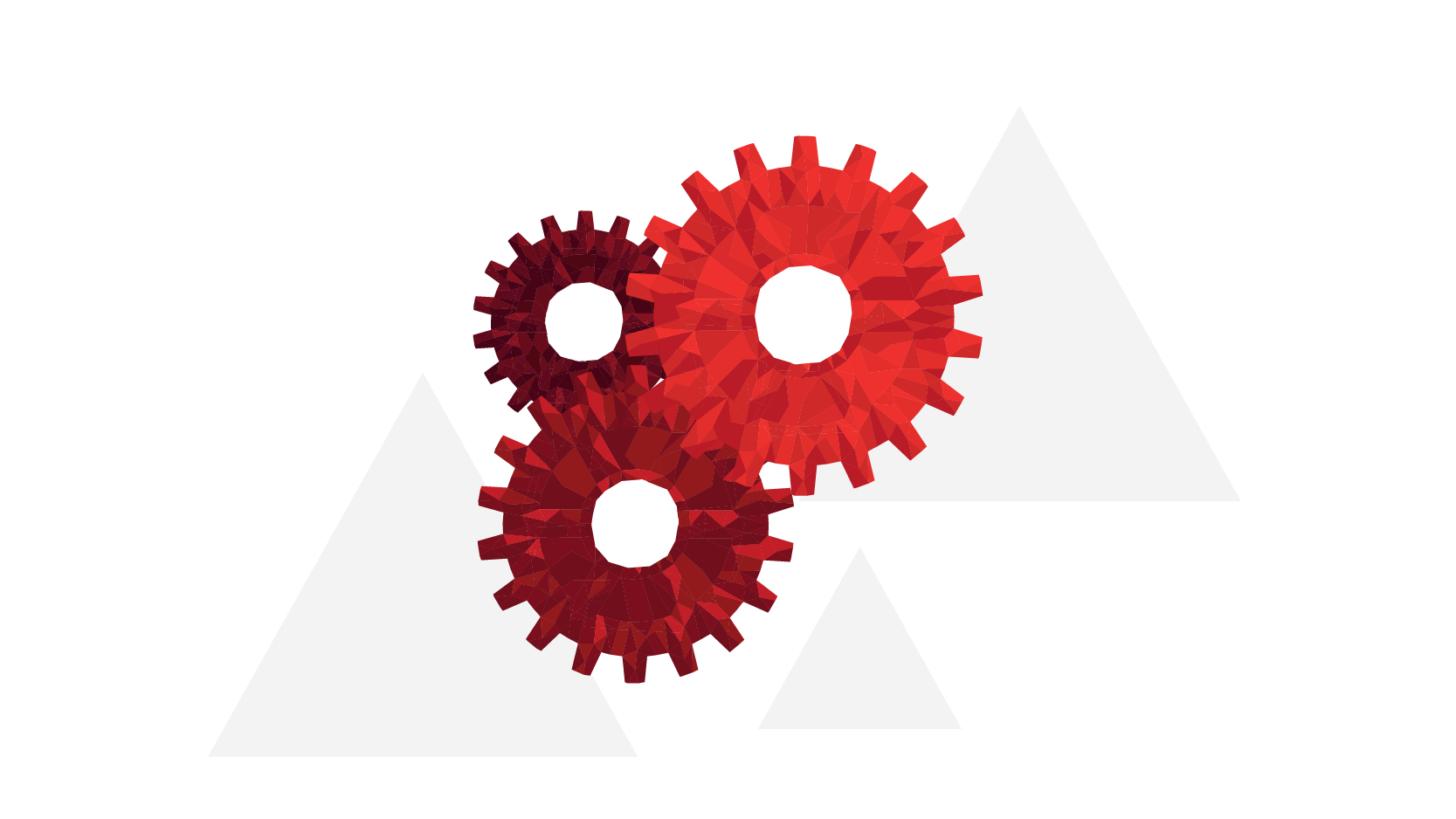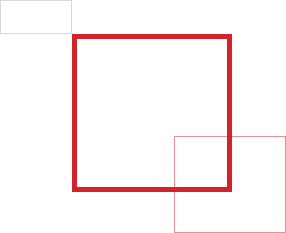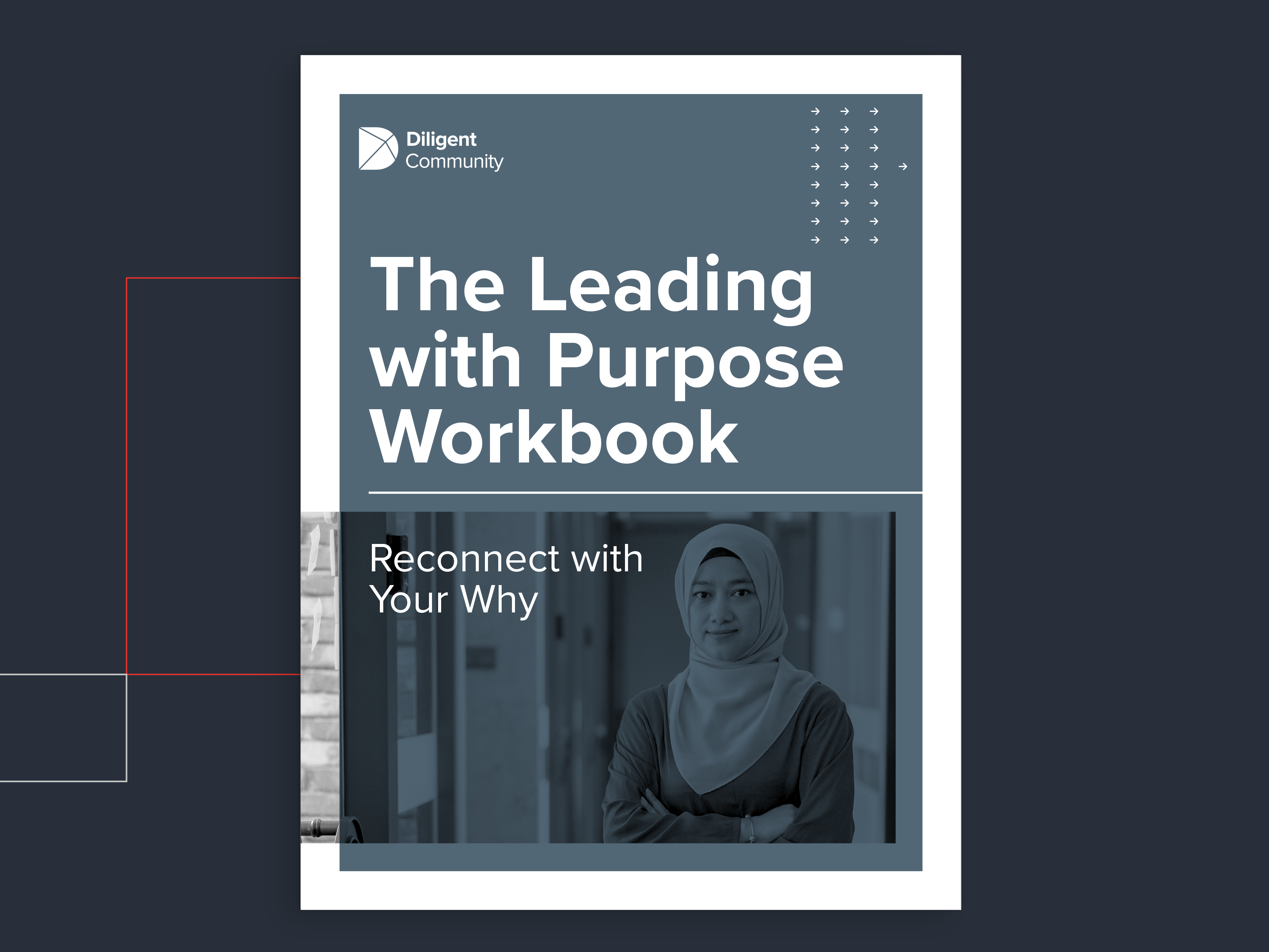Nonprofit
A more engaged board and community connections can help nonprofit boards navigate an uncertain future.
Transform How Boards and Leaders Work Together
Meeting & Agenda Management
Seamlessly create, update and share agendas and board meeting materials.
Director Preparation
Access resources, view upcoming meetings and annotate board materials from any device.
Minutes & Actions
Easily capture minutes and actions during a meeting. Assign contributors and set automated prompts.
Signature & Resolutions
Send documents for approval integrated with DocuSign.
Virtual Data Rooms
Share and collaborate on documents with stakeholders in a secure room.
Secure Messaging
Have private conversations on a dedicated channel integrated for easy access.
Questionnaires
Complete self evaluations or D&O questionnaires in the same place as the boards material.
Director
Get new directors up to speed with the resources they need in one location.
Composition Planning
Identify gaps in board composition and recruit from a pool of 250,000 board members.
What We've Learned: Governance Best Practices Post COVID to Build a Resilient Organization
To say “we are in unprecedented times” has become cliché, but the global pandemic truly upended how organizations operate and their leaders govern. What remains to be seen is how long-lasting these changes will be and what further repercussions may still result. With that, boards face the challenge of planning for a future with an uncertain landscape.
“Things that we never thought we'd see again are happening,” said Moisés Naím, bestselling author and Distinguished Fellow at the Carnegie Endowment for International Peace. “What we assumed was transitional has become permanent. Things that we thought were permanent are now in doubt. Remote work [and] remote meetings were just transient. [We thought] ‘they will go back to the way they were’… now [they are] permanent.”
Things that we never thought we'd see again are happening. What we assumed was transitional has become permanent. Things that we thought were permanent are now in doubt. Remote work. [and] remote meetings were just transient. [We thought] ‘they will go back to the way they were’… now [they are] permanent.
— Moisés Naím, Distinguished Fellow at the Carnegie Endowment for International Peace
Facing these new realities, nonprofit organizations must prepare to navigate uncertain waters. When planning for this uncertain future, organizations must reconnect with the ethos that drives their mission. Engaging their board and community is a critical first step.
An organization’s mission is incredibly powerful. For your board, the organization’s mission should be the driving force behind all the decisions, initiatives and spending. On the operations side, a clear mission is a powerful tool for attracting donors, volunteers and members.
“Purpose-driven is a big word. True success and happiness comes from the interaction between passion and purpose,” said Sonita Lontoh, Board Member for Sunrun Inc. and TrueBlue Inc. “Being purpose-driven is not about having a mission statement to change the world; it’s more about [your organization having] the right core values, culture and tone at the top, which permeates down throughout the org.”
Communicating your mission and elevating your successes shows your value to stakeholders and community members. Your mission should be at the core of every decision your board makes.
Purpose-driven is a big word. True success and happiness comes from the interaction between passion and purpose. Being purpose-driven is not about having a mission statement to change the world; it’s more about [your organization having] the right core values, culture and tone at the top, which permeates down throughout the org.
— Sonita Lontoh, Board Member for Sunrun Inc. and TrueBlue Inc.
“Every decision, whether it’s for marketing, products, etc., must be compatible with our mission. If it doesn’t, we don’t do it. We think about what we can purposely do to further the mission,” said Shaukat.


It is easy to focus on the many challenges your organization faces, such as a looming recession, low headcount due to the "Great Resignation," and disengaged board members. However, focusing on potential organizational deficits prevents leaders from capitalizing on and, in some cases, even recognizing organizational strengths.
At Modern Governance Summit, Dr. Froswa Brooker-Drew, President of Soulstice Consultancy, LLC, recalled the challenges nonprofits face in South Dallas, Texas: “‘We can’t get money,’ ‘We don’t have great governance,’ ‘We don’t know how to get people connected to our boards.’”
Dr. Brooker-Drew stressed the importance of partnership as the key to unlocking these needed resources, and essential to her own success. “Everything that I’ve done is really based on how we connect and build partners and identify what are the assets in the community. Versus walking in and saying, 'There is nothing here,’ and not seeing that there are all these resources that exist.”
Dr. Brooker-Drew also identified community connectivity as critical to accessing these resources. “We realized that during COVID a lot of our nonprofits were not getting the support they needed, so we started something called Serve South Dallas. It’s a way for fundraisers and people who want to volunteer to see what’s out there. We have these days where we bring the nonprofits of the community together just to build their social capital,” said Dr. Brooker-Drew.
Engaging with your community helps develop partnerships and bring resources to your organization, which in turn makes economic downturns and crises easier to navigate. When education, nonprofits and businesses team up to tackle community development, communities are strengthened, and relationships are cultivated.






